If you are just getting into the unique thrills that mountain climbing entails, you’re going to want to choose peaks that are better suited for beginners. That’s common sense! But, did you know that even a newbie can scale some of the world’s most majestic mountain peaks? Don’t forget that even mountains that are considered to be better suited for beginners still require a certain level of preparation in order to complete the task.
Ready? Then take a peak into this list with some of the easiest mountains to climb for an epic adventure across the world!
Mount Fuji — Japan
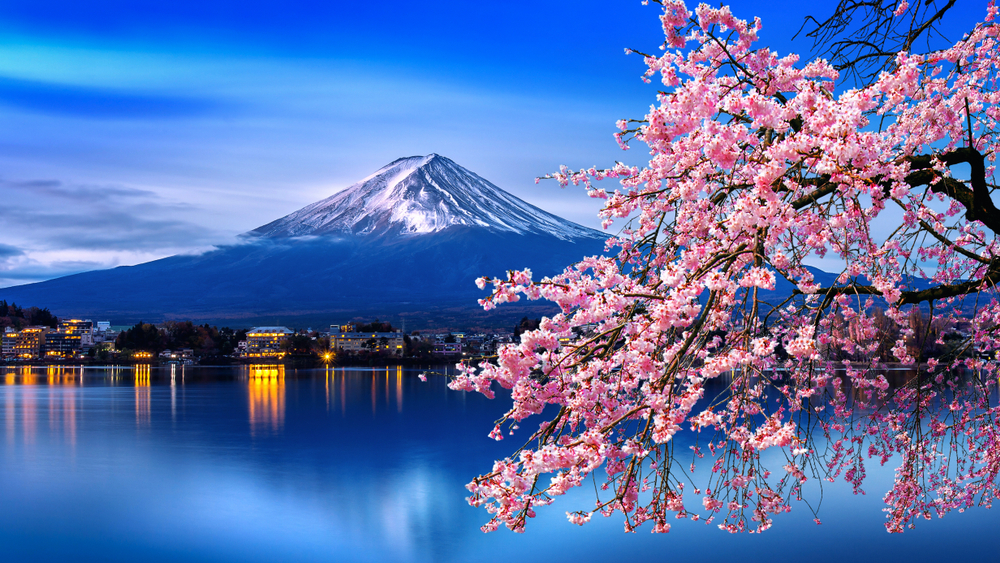
As the tallest mountain in Japan, Mount Fuji is an iconic sight in this corner of the planet. This iconic landmark is incredibly popular for novice climbers too, because it can be done in one day. The official trail starts at about 7,500 feet and heads up to the summit at 12,388 feet, taking a person in good shape about eight hours to make the round trip journey. Be warned that the official hiking season only goes through July and August, giving you just two months of good weather to make the climb. Over 300,000 people summit Mount Fuji each year because of its well-established trail and lack of technical terrain. Dare to join them?
Mount Whitney — California
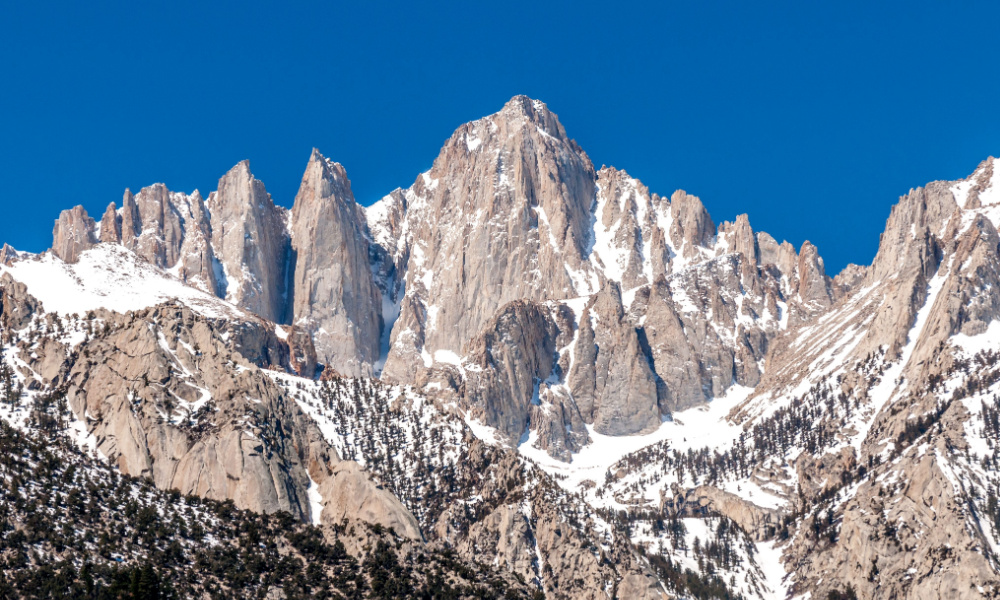
Lying between Sequoia National Park and Inyo National Forest in California, Mount Whitney is the highest peak in the contiguous United States. While this fact may make the prospect of climbing this peak seem daunting, it actually offers a defined trail that takes climbers of all abilities to the top. The shortest route to the peak takes hikers on a 10.7-mile trail starting at Whitney Portal. You’ll need ice axes and crampons when hiking during the spring or early summer months, though. These tools are less important once the temperatures start to get warmer by July. It’s important to note that you’ll need to take part in the official raffle to receive the required permit to climb the mountain, so keep that in mind!
Pikes Peak — Colorado
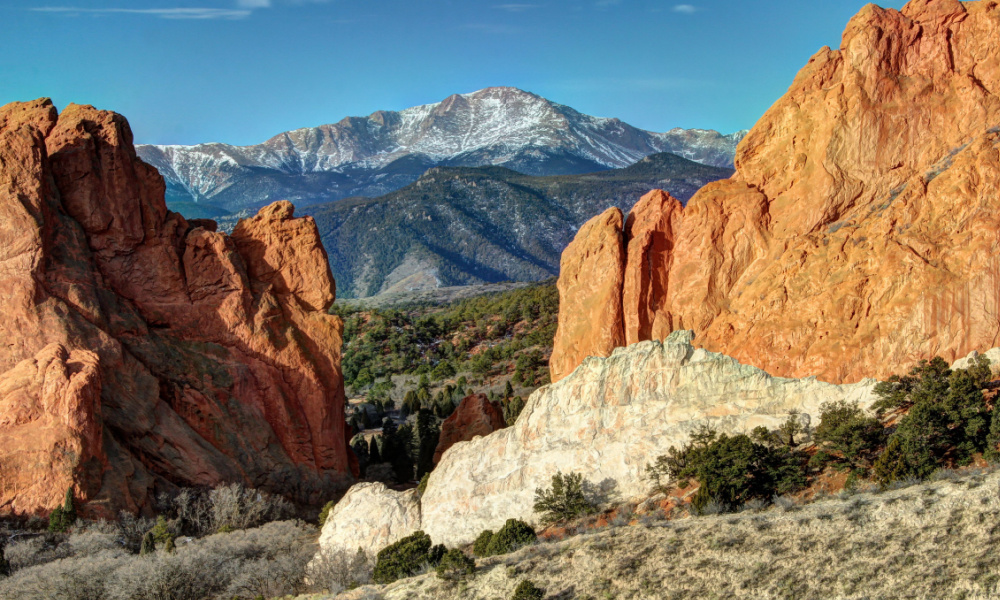
Rising 14,115 feet into the sky, Pikes Peak is located just outside of Colorado Springs, in the southern Rocky Mountains. Starting at the official trailhead, the hiking route traverses 13 miles, gaining 7,381 feet along the way. Once you reach the peak, you can take the cog railway down to the bottom. Pikes Peak (What? No apostrophe? Nope. Not since 1890) makes a great day hike for those looking to get their feet wet with a strenuous adventure that can still be completed in one day. Be sure to start early so that you reach the summit prior to nightfall!
Breithorn — Switzerland and Italy
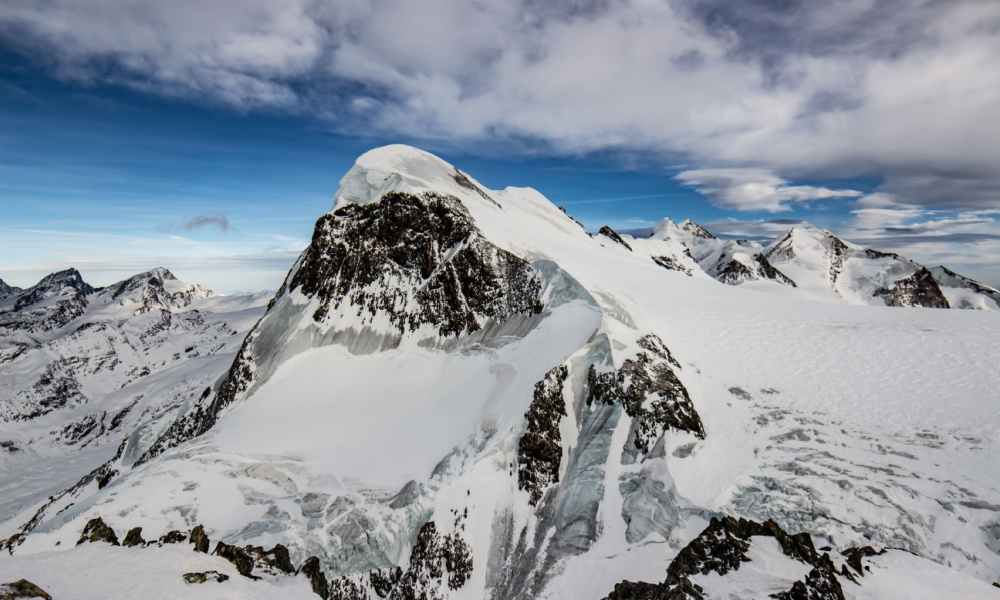
Looking to visit two different countries during your climb? Look no further than the western summit of Breithorn! This mountain is located in the Pennine Alps, straddling the border of Italy and Switzerland. The Klein Matterhorn cable car takes visitors all the way up to 12,740, so climbers only need to climb less than 900 feet to reach the summit. The icy climb, however, requires the use of an ice axe and crampons, so you might want to acquaint yourself with these first before trying your hand at the mighty Breithorn!
You may also like: 6 Ways to Be a Sustainable Traveler on Your Next Trip
Pico de Orizaba — Mexico
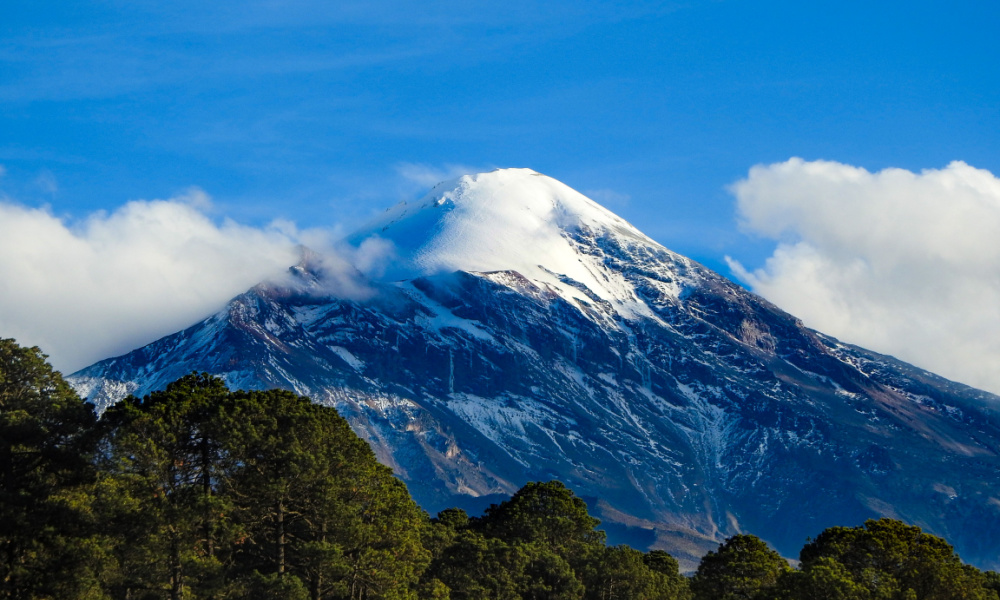
Mexico’s highest mountain peak is Pico de Orizaba, a dormant volcano that towers 18,491 feet. This height also makes it the third-highest peak in all of North America. Because of the immense size of the mountain, climbers should spend several days on the lower peaks in the mountain range to acclimate to the altitude prior to attempting the ascent. It typically takes about two days to conquer Pico de Orizaba, and the usual route starts at the Piedra Grande hut before traversing across the Jamapa Glacier.
Island Peak (Imja Tse) — Nepal
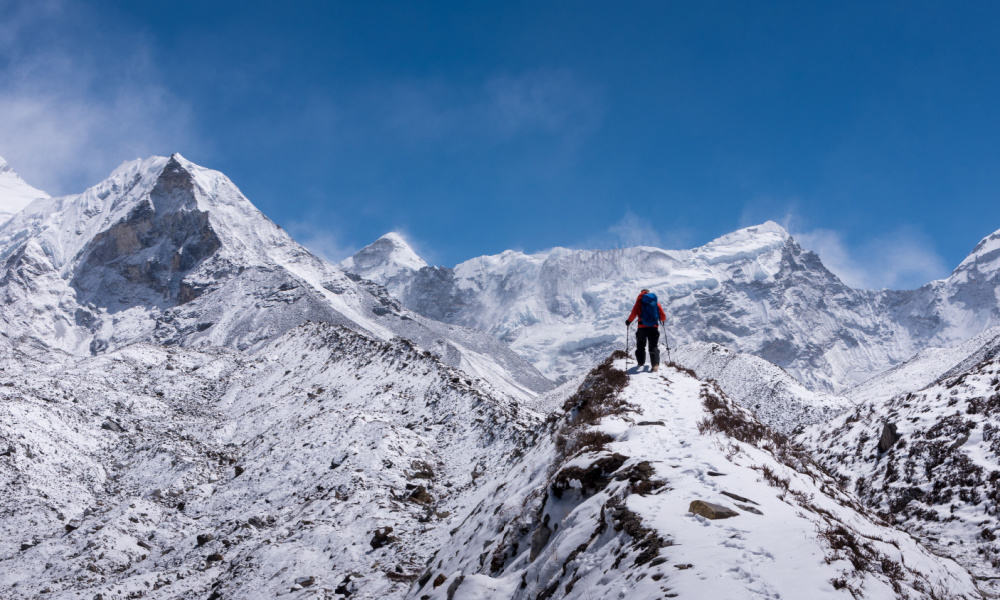
Although Imja Tse, or Island Peak, in Nepal is often referred to as “the world’s easiest 20,000-foot peak,” the hike to the top is no cakewalk. You’ll need to start preparing well before daybreak. The icy surface requires the use of an ice axe and crampons to safely ascend. Although many climbers can make the 3,000-foot climb (the base of the mountain starts at about 16,700 feet) in one day, some others use two full days to make the journey. Because of the peak’s extreme altitude, acclimation to the surroundings is absolutely necessary, so consider if you’re up to the task even before thinking about heading to Nepal for your adventurous trip!
Did we miss your favorite entry-level mountain? Tell us about it in the comments below!


Leave a Reply